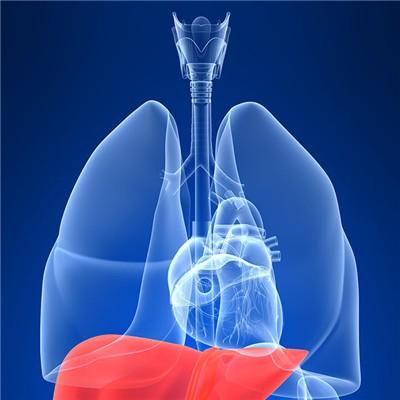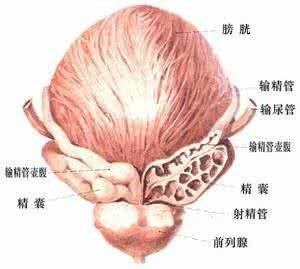How to diagnose and differentiate empty saddle syndrome?
summary
Empty saddle syndrome refers to the syndrome caused by subarachnoid hernia into the pituitary fossa, resulting in the compression and deformation of pituitary gland and the enlargement of sella turcica. In previous literature, it was also called sellar septal defect, intrasellar arachnoid cyst or diverticulum. How to diagnose and differentiate empty saddle syndrome? Next, I'd like to share my views with you.
How to diagnose and differentiate empty saddle syndrome?
Because the cysts contain cerebrospinal fluid and can compress the ventricles to make them expand, CT shows low-density shadow, and there is no enhancement after injection of contrast medium, so it is easy to be misdiagnosed as empty sella, which needs to be differentiated by cisternography.

Because the arachnoid cyst does not communicate with the subarachnoid space, there is no contrast agent filling in the cyst. CT scan was lobulated, the suprasellar cistern was often deformed, and the density was lower than that of cerebrospinal fluid.

It must be differentiated from intrasellar tumor and chronic intracranial hypertension. The X-ray manifestations of intrasellar tumors varied according to the degree of lesions. The sella turcica was enlarged and deformed, and presented as cup-shaped, spherical or flat shape; The dorsal part of sella is raised and elongated; The posterior clinoid absorption became thinner, but still remained cord or sheet images; The tuberculum sellae moved forward; The bottom of the saddle is depressed. If the tumor grows unevenly, double sellar floor or double sellar back may appear.

matters needing attention
Give high-quality protein diet, such as eggs, milk, lean meat, etc., eat less saturated fatty acid rich diet (animal fat), eat more polyunsaturated fatty acid rich diet, such as vegetable oil, fish oil. Low salt diet was given in case of edema.

















